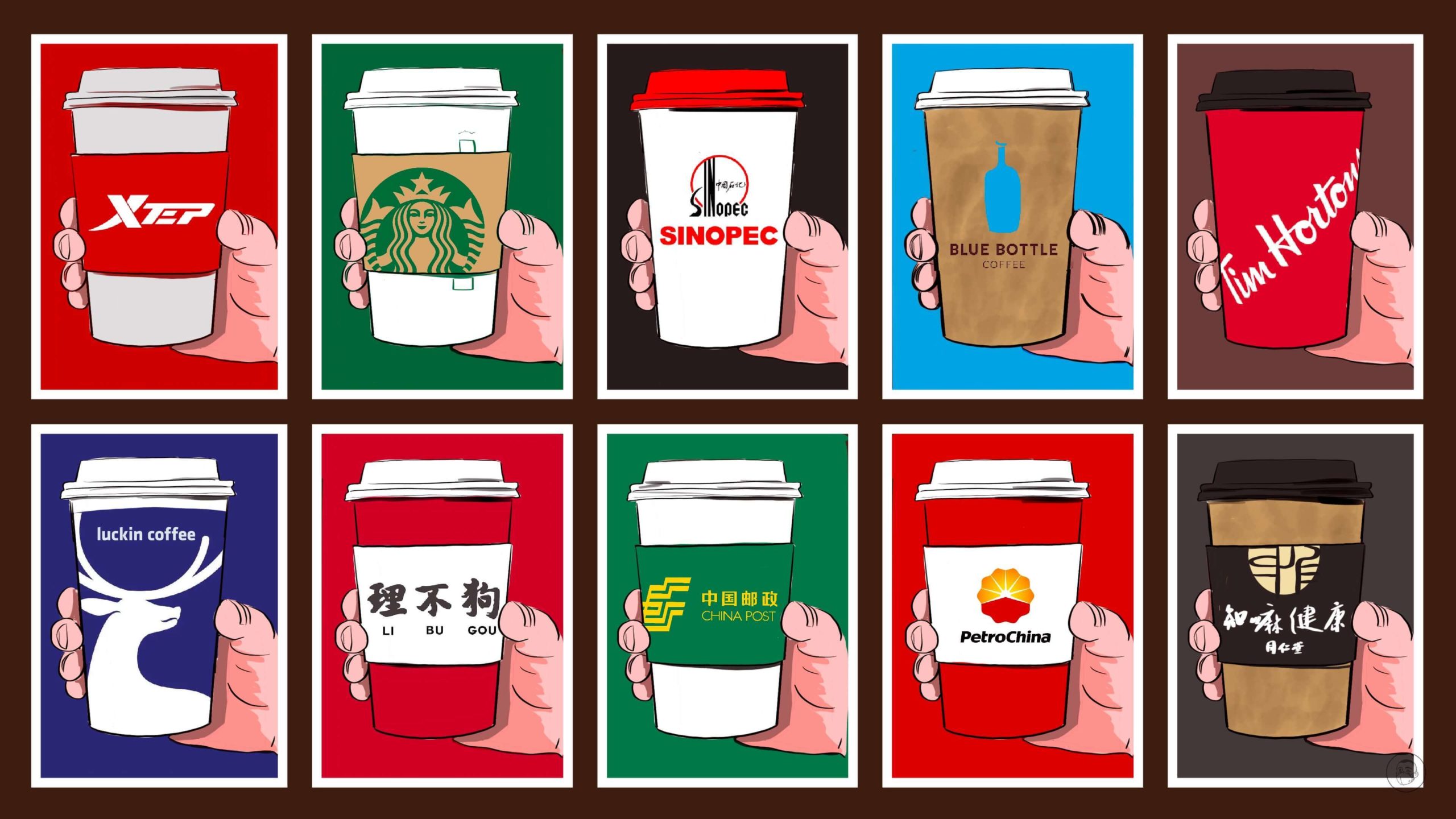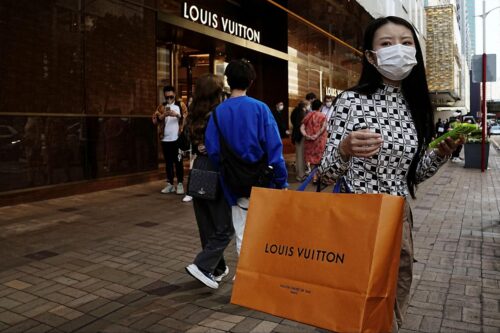When even China Post opens a café chain, you know the coffeehouse craze is overinvested
Starbucks has just announced big expansion plans for China, but it’s not alone: China’s coffee market is now crowded with a host of new competitors and crossover brands. Not all of them will succeed.

Last week, Starbucks, the world’s largest coffeehouse chain, announced that it will open more than 3,000 new stores in China within three years — an average of a new store every nine hours — to reach a total number of 9,000 stores by 2025. The company’s long-term and highly confident vision for the Chinese market includes the goals of doubling its net income and quadrupling its revenue by 2025.
As of July 2022, Starbucks had 5,761 stores in China, but its largest domestic competitor, Luckin Coffee 瑞幸咖啡, actually has 7,195 stores. And while Starbucks’s China revenue in the second quarter was 3.72 billion yuan ($532.58 million), a decrease of 39.8% year-on-year, Luckin Coffee over the same period declared total revenue of 3.29 billion yuan ($493.20 million), a year-on-year increase of 72.4%.
The market is expanding rapidly, but is there enough space for the large number of new players?
A vast blue ocean of coffee
Coffee in China is big and going to get a lot bigger:
- According to a Guangzhou-based research firm, China’s coffee market in 2021 was worth about 381.7 billion yuan ($54.64 billion) with 300 million consumers, and the market will expand at an annual growth rate of over 27% (compared with a global growth rate of only 2%) to top a trillion yuan ($143.16 billion) in 2025.
- According to a review by a domestic news agency, as of August this year, there were 159,000 coffee-related companies in China. In 2021 alone, there were nearly 26,000 newly registered coffee companies, and from January to August this year, a further 19,000 new companies entered the industry.
- According to Meituan 美团, there are currently nearly 8,000 coffee shops in Shanghai alone, making it the city with the most coffee shops in the world.
- According to Frost & Sullivan, the total number of coffee cups consumed in China has increased from 4.4 billion in 2013 (or 3.2 cups per capita) to 11.2 billion cups in 2020 (8.8 cups per capita). According to a research paper by Deloitte on China’s coffee industry, consumers in first- and second-tier cities consume an average of 261 cups of coffee annually, and coffee has changed from being a fashionable beverage to an everyday beverage.
- According to data from Tmall 天猫网络 and Ele.me 饿了么, in 2021, online coffee consumption in China was 1.5 times larger than in 2019, driven by vast increases among young professional women aged 25–40.
Chinese consumers have a developing appreciation of coffee, and in order to compete in China, brands need to offer not just basic coffee but also various flavored options, including coffee mixed with fruit, tea, and even traditional Chinese medicine. In 2021, for example, Luckin Coffee introduced a new flavor on average every three days. Another important aspect of being competitive in China’s coffee market is the need to fully develop online sales channels. In its new vision for China, Starbucks made specific mention of the need to expand online sales channels as fundamental to attaining its growth objectives.
China news, weekly.
Sign up for The China Project’s weekly newsletter, our free roundup of the most important China stories.
A vast multitude selling coffee
In addition to Starbucks and Luckin Coffee with their vast networks of stores, there is now a massive amount of new players that have entered China’s expanding coffee market, including:
- Two other U.S. coffee brands, Tim’s Coffee and Blue Bottle Coffee, have just set up shop in China, opening offline stores as well as online stores on WeChat and Tmall.
- Domestic sportswear brands are getting into coffee. Xtep 特步 has just registered three coffee-related trademarks, and is about to launch its own coffee products. In May, Li-Ning 李宁 launched its Ning Coffee brand, which is sold in the company’s sportswear stores.
- Earlier this year, China Post 中国邮政, the country’s state postal service, which runs approximately 318,000 post offices around the country, opened its first coffee shop in Xiamen, Fujian Province.
- Tong Ren Tang 同仁堂, the largest producer of traditional Chinese medicine, this year established a sub-brand called Zhima Health 知嘛健康, which has launched coffee products infused with traditional Chinese medicine concepts at seven new stores in Beijing.
- In 2015, the stuffed bun brand Goubuli 狗不理 acquired the China franchise rights of the Australian coffee brand Gloria Jean’s Coffees, and Goubuli currently has 28 of these stores around China.
- The other brands that have crossed over into the coffee market include the petrochemical giant Sinopec 中国石化, which established a joint venture with a coffee producer in 2020.
Who will have staying power?
Starbucks may have big plans for China, but the company’s most recent performance in the country is not encouraging. As mentioned above, Starbucks’s China revenue for the second quarter dropped by almost 40% year-on-year. Coffee shops require trained and experienced baristas, and this takes time and resources, even more so for Starbucks, which has a strict barista-rating system. Yet for Starbucks, Luckin Coffee, and the multitude of other new players, opening a new store is easier than keeping that store open and profitable. According to a 2020 China coffee consumption market report, the closing rate of stores in the coffee industry in 2020 was as high as 83.3%.
For many coffee stores, the COVID pandemic, lockdowns, and high rent and raw materials costs have put great pressure on their bottom line, as well as the vast amount of new competitors offering cheap cups of coffee below 30 yuan ($4.30). And in addition to the fierce competition, the prices of coffee raw materials have been increasing in recent years. The price of Arabica beans, for example, has more than doubled over the last 12 months due to extreme weather, supply chain disruptions, and rising freight costs.
China may look like the promised land of coffee, but opening up stores — and keeping them open — will be a tough battle of the survival of the fittest.






